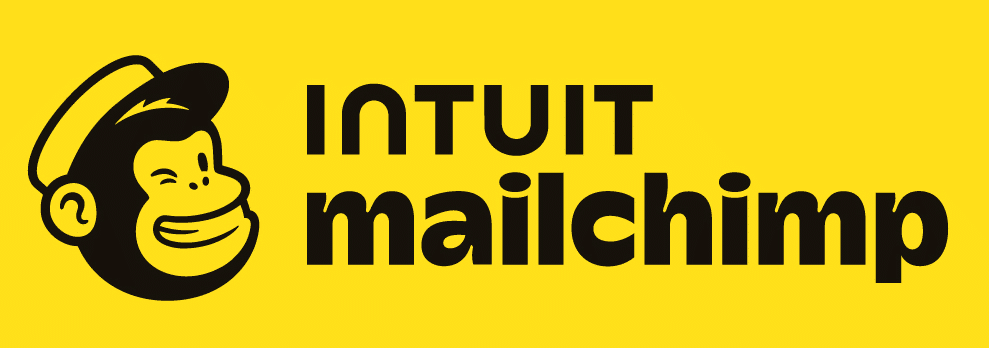In her definitive biography, Milton Friedman: The Last Conservative, Jennifer Burns chronicles the life and story behind the wunderkind economist from New Jersey. Elfin in stature but towering in intellect, Milton Friedman was, alongside his left-leaning contemporary John Maynard Keynes, the most influential economist of the twentieth century. As the first full treatment of Friedman’s storied career, Burns’ book doesn’t disappoint.
Burns documents how Friedman’s personal odyssey, with its trials, triumphs, and tragedies, shaped his scholarly career just as much as his intellectual prowess. Born in 1912, Friedman’s formative years witnessed the economic deprivation of the Great Depression and the rise of New Deal liberalism. When he was about to leave for college, his father, Sol, died abruptly. For the next decade, as he entered the world of economics, Friedman would latch onto the wisdom and economic brilliance of his mentors: Frank Knight, Henry Simons, and Arthur Burns.
During his undergraduate junior year, Friedman sat in on Arthur Burns’ economics course, where exposure to Alfred Marshall and the marginal way of thinking profoundly shaped his future research agenda. “Principles of Economics, Alfred Marshall’s widely-read textbook, became for Friedman a book not to be simply read but to be savored, debated, and revisited over a lifetime,” Jennifer Burns writes. Later encounters with Frank Knight and Henry Simons at the University of Chicago solidified his deep devotion to price theory, a school of thought that was still in blossom during the 1930s.
The sudden shock of the Great Depression in 1932, and its stubborn persistence, vexed Friedman for many years. At Chicago, his education focused on the importance of classical economic theory and the role of money in the economy. With this foundation, he would fashion his own economic contributions, eventually leading the new era of the Chicago School of Economics.
Burns does a wonderful job of explaining the methodological importance of Friedman’s thought. Rather than molding theories to fit the facts, as did mainstream institutional economists of his era, he asked whether the facts matched the theory. Friedman wasn’t a contrarian, but a firm believer in following the facts wherever they led. This “positive economics” approach would underpin his later contributions for which he was most known, including monetarism, the negative income tax, and the permanent income hypothesis, among others.
In describing him as “the last conservative,” Burns argues that Friedman’s strong attachment to monetary stability aligned more with the conservative camp than the nascent classical liberal or liberation branch. Whereas libertarian “goldbugs” sought a fully-backed currency and preferred to let recessions peter out, Friedman believed that the government had an active role to play in stabilizing the monetary system.
But disagreements over the ideal monetary policy between monetarists like Friedman and classical liberals like F.A. Hayek ignore the overwhelming overlap they shared. Like Hayek, Friedman believed that no one should fall below a minimum income threshold. Friedman executed Hayek’s vision for a universal basic income through the EITC, which is arguably Friedman’s most influential policy legacy. Both economists advanced what they considered a “positive program,” one that championed the free market system while addressing those who fell through the cracks.
Burns also emphasizes Friedman’s rising political stardom. After publishing his magnum opus, A Monetary History of the United States, 1867-1960, Friedman began advising Barry Goldwater’s 1964 campaign. At this time, Friedman’s views echoed many of Goldwater’s, including his conflicted stance on forced racial integration. However, similar to Goldwater, Friedman’s personal actions belied his stated position against the Civil Rights Act.
When Friedman’s son David was excluded from a social club affiliated with the University of Chicago, he “suggested the university sever ties with the organization.” And when the American Economic Association considered a hotel venue that discriminated against African Americans, Friedman spoke up and proposed that the group abstain from hosting meetings at the hotel until “there was no discrimination.” Friedman recognized that, though no panacea, the market was a powerful disciplinary device in the face of rampant racism.
Finally, Burns clears up the confusion that continues to swirl around Friedman’s visit to Chile in 1973. She notes that his six-day trip was more of a gauntlet of meetings with Chilean leaders than a personal audience with Augusto Pinochet. In fact, Friedman only met with the South American dictator for 45 minutes, during which time he proposed “sharp reductions in government spending and a credible commitment to stop printing money.”
By not explicitly denouncing the worst evils of the militarized regime, Friedman set himself up for criticism from activists who would surely misinterpret his activities. In his perspective, Friedman’s diplomatic approach maximized the likelihood that his ideas would be heeded, without alienating the players in charge of reforming the country. As Burns writes, “Never did he argue that the violence was defensible or that Chile’s left brought persecution on themselves. He just focused on the omelet rather than the eggs.”
Burns’ masterful biography of Milton Friedman is more than an intellectual portrait. It’s a rich reminder of how ideas, historical context, and personal relationships shape the world we make. Whether it was his early monetary work, his calls for floating exchange rates, or his argument to end the military draft, Friedman typified the classical liberal ethos — individualism, free markets, and limited government. Perhaps he was the last conservative as Burns describes, but if we follow his intellectual legacy to its ultimate end, we arrive at a classical liberal destination.








































